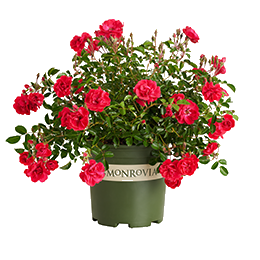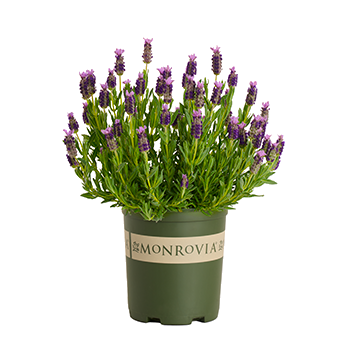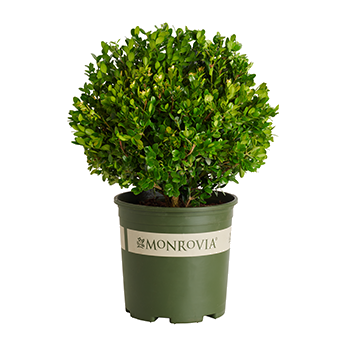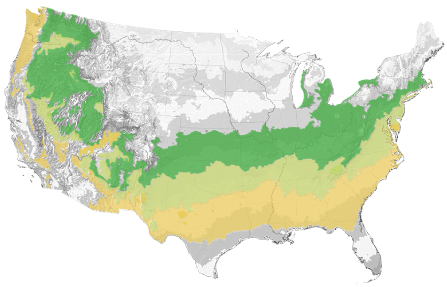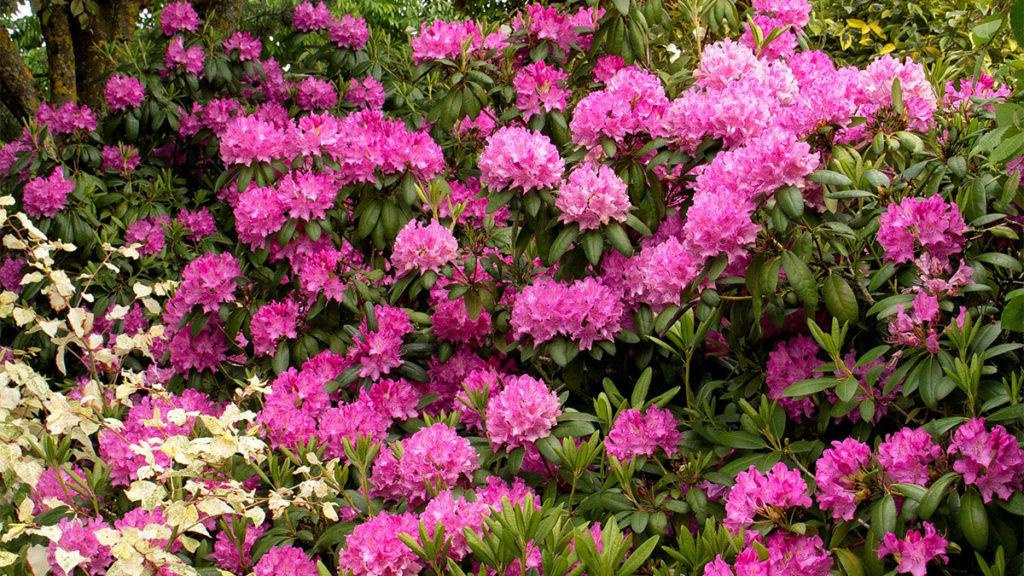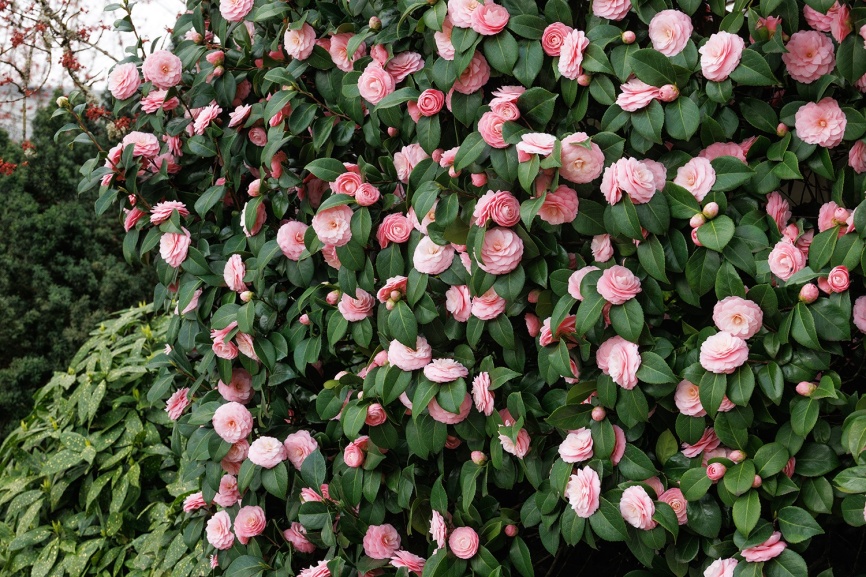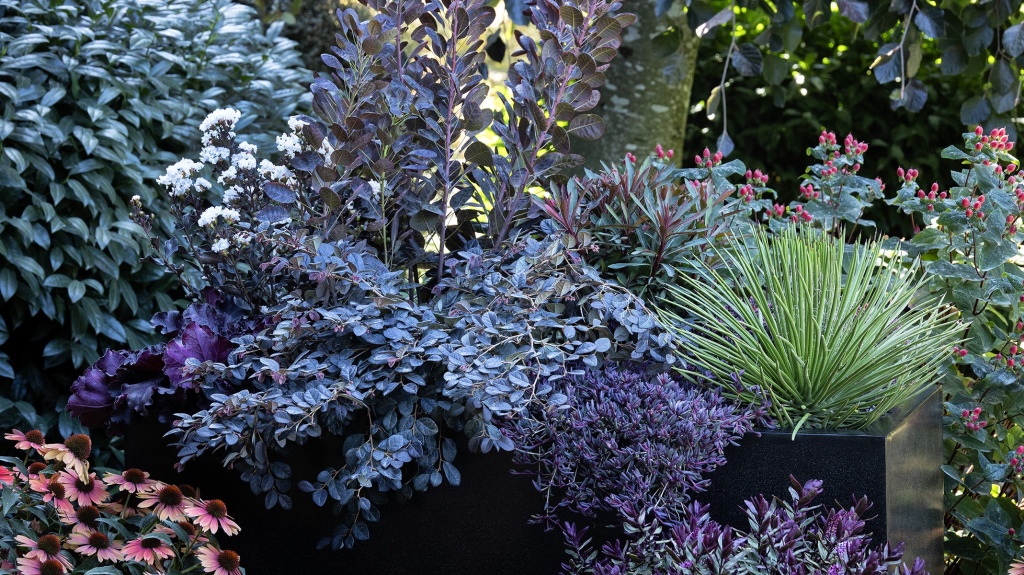You're growing in this Zip Code:
Change LocationDiscover Plants for Your Area
September Song Rhododendron
Rhododendron x 'September Song' (H-3)
Retailers Near You
| Description | Unique pink, yellow, and orange blooms in an open, loose truss. Plants bud up at an early age. A beautiful eye-catching accent that will infuse the spring landscape with warm color. A beautiful shrub for use as an informal hedge or foundation plant. Evergreen. |
|---|---|
| Bloom Time | Spring |
| Deciduous/Evergreen | Evergreen |
| Special Features | Attracts Hummingbirds, Easy Care, Attracts Pollinators, Compact Form |
| Growth Rate | Moderate |
| Flower Attributes | Showy Flowers |
| Landscape Use | Border, Container, Hedge |
| Design Ideas | A fiery hot rhodie can be seen from a long way off to add depth and interest to evergreen forested settings. Use it to draw the eye deep into a spring garden. Save for high profile foundation planting beneath windows where the flowers will sit right at the sill for indoor and outdoor viewing. Close up locations to outdoor living spaces bring the exotic colors to close range. A beauty in mixed shrub borders or to add zest among cool colored perennials. |
| Flower Color | Orange |
| Foliage Color | Green |
| Companion Plants | Camellia (Camellia); Lily of the Valley Shrub (Pieris); Coral Bells (Heuchera); Azalea (Azalea); Gardenia (Gardenia) |
| Care Instructions | Provide organically rich, well-drained, acidic soil. Apply a thick layer of mulch to keep roots cool, avoiding the crown. Avoid harsh afternoon sun exposures and shelter from drying winter winds. Water deeply and regularly during the first growing season to establish an extensive root system. Feed with an acid fertilizer after bloom. |
| History | The genus Rhododendron is grouped into the heath family, Ericaceae which contains many acid soil loving species. Rhododendron was named and classified by Linnaeus who named it from the Greek for rose tree. This genus also contains shrubs commonly called azaleas within its 800 Rhododendron species and thousands of hybrids. The species are native to temperate areas of the Northern Hemisphere. This hybrid was known in 1988 but not introduced until 2000. Its parents were R. dicoranthum x decorum 'Dido' and from the Arnold Arboretum, R. fortunei 'Fawn'. It was bred by Dr. Carl Phetteplace of Eugene, Oregon's Greer Gardens.. |
| Lore | Rhododendrons are largely found in the Himalayas and other mountains of Asia as well as some species in temperate North America. |
| Description | Unique pink, yellow, and orange blooms in an open, loose truss. Plants bud up at an early age. A beautiful eye-catching accent that will infuse the spring landscape with warm color. A beautiful shrub for use as an informal hedge or foundation plant. Evergreen. |
|---|---|
| Bloom Time | Spring |
| Deciduous/Evergreen | Evergreen |
| Special Features | Attracts Hummingbirds, Easy Care, Attracts Pollinators, Compact Form |
| Growth Rate | Moderate |
| Flower Attributes | Showy Flowers |
| Landscape Use | Border, Container, Hedge |
|---|---|
| Design Ideas | A fiery hot rhodie can be seen from a long way off to add depth and interest to evergreen forested settings. Use it to draw the eye deep into a spring garden. Save for high profile foundation planting beneath windows where the flowers will sit right at the sill for indoor and outdoor viewing. Close up locations to outdoor living spaces bring the exotic colors to close range. A beauty in mixed shrub borders or to add zest among cool colored perennials. |
| Flower Color | Orange |
| Foliage Color | Green |
| Companion Plants | Camellia (Camellia); Lily of the Valley Shrub (Pieris); Coral Bells (Heuchera); Azalea (Azalea); Gardenia (Gardenia) |
| Care Instructions | Provide organically rich, well-drained, acidic soil. Apply a thick layer of mulch to keep roots cool, avoiding the crown. Avoid harsh afternoon sun exposures and shelter from drying winter winds. Water deeply and regularly during the first growing season to establish an extensive root system. Feed with an acid fertilizer after bloom. |
|---|
| History | The genus Rhododendron is grouped into the heath family, Ericaceae which contains many acid soil loving species. Rhododendron was named and classified by Linnaeus who named it from the Greek for rose tree. This genus also contains shrubs commonly called azaleas within its 800 Rhododendron species and thousands of hybrids. The species are native to temperate areas of the Northern Hemisphere. This hybrid was known in 1988 but not introduced until 2000. Its parents were R. dicoranthum x decorum 'Dido' and from the Arnold Arboretum, R. fortunei 'Fawn'. It was bred by Dr. Carl Phetteplace of Eugene, Oregon's Greer Gardens.. |
|---|---|
| Lore | Rhododendrons are largely found in the Himalayas and other mountains of Asia as well as some species in temperate North America. |
Retailers Near You
About Us
We have been pioneers and craftsmen in the art of growing plants for nearly
100 years. Since our founding in Southern California by Harry E. Rosedale, Sr.
in 1926, we have been absolutely dedicated and obsessed with quality.
We have been pioneers and craftsmen in the art of growing plants for nearly 100 years. Since our founding in Southern California by Harry E. Rosedale, Sr. in 1926, we have been absolutely dedicated and obsessed with quality.
